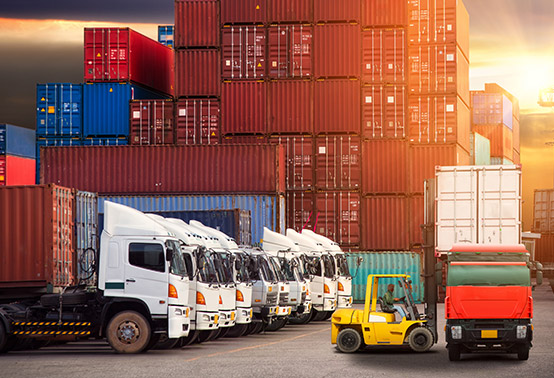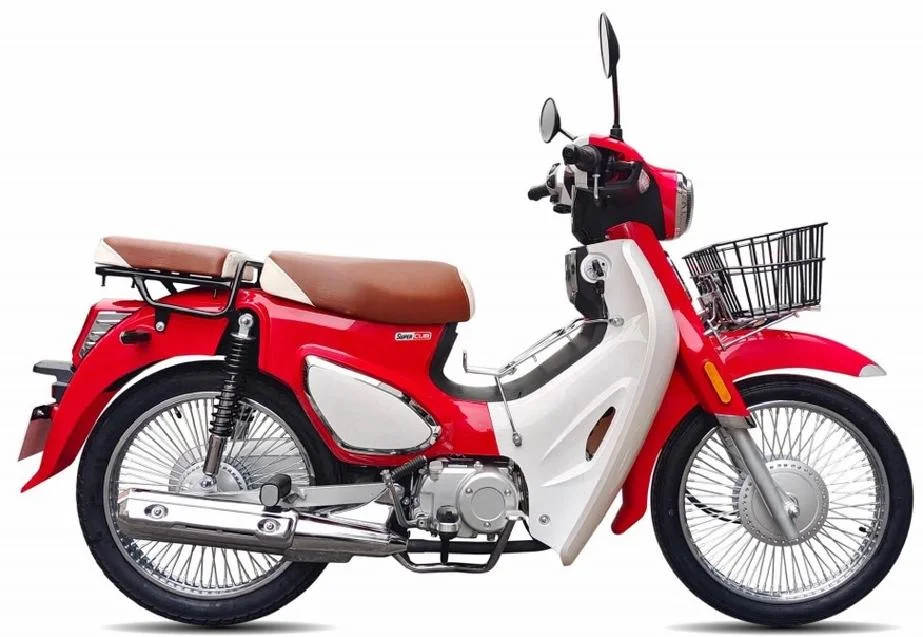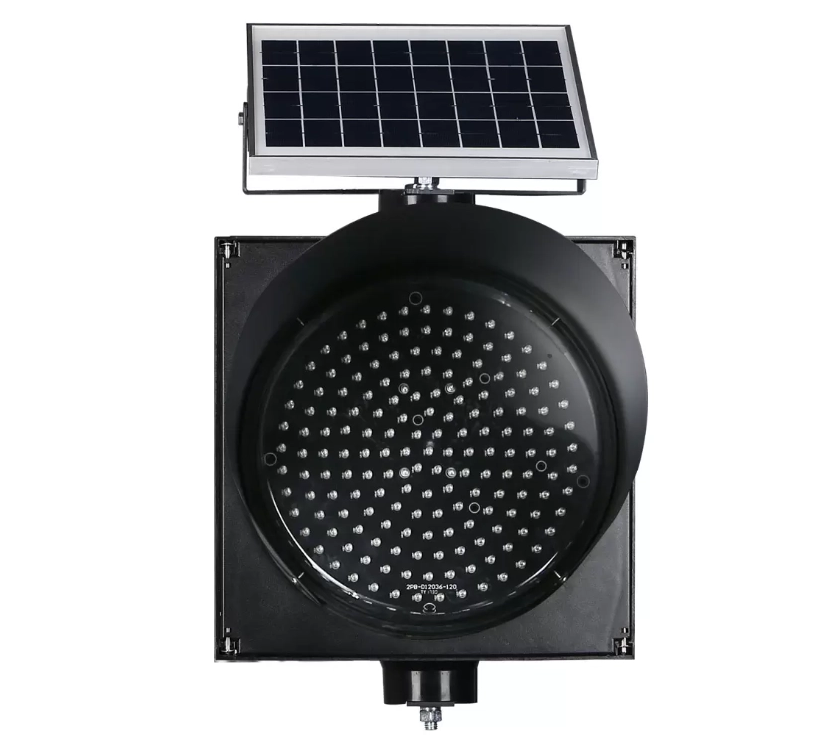Air vs. Railway Transport: Exploring the Key Differences

Transportation plays a vital role in connecting people and goods across the globe. Among the various modes of transportation, air and railway transport are two prominent options. While both serve the purpose of moving people and cargo, they differ significantly in terms of speed, capacity, cost, environmental impact, and infrastructure. In this article, we will delve into the key differences between air and railway transport, providing valuable insights for travelers and businesses alike.
- Speed and Efficiency:
Air transport is renowned for its unparalleled speed and efficiency. With the ability to cover vast distances in a short span of time, airplanes are the preferred choice for long-haul journeys. Passengers can reach their destinations swiftly, saving valuable time. On the other hand, railway transport, although not as fast as air travel, offers a reliable and efficient mode of transportation for shorter to medium distances. Trains are known for their punctuality and can often provide a more convenient option for regional travel. - Capacity and Accessibility:
Air transport excels in terms of capacity, as airplanes can carry a large number of passengers and cargo in a single trip. This makes it ideal for transporting large volumes of goods and accommodating a high number of travelers. However, airports are typically located outside city centers, requiring additional ground transportation to reach the final destination. In contrast, railway transport offers a more accessible option, with train stations often situated in the heart of cities, providing convenient connections to urban areas. - Cost Considerations:
When it comes to cost, air and railway transport have distinct advantages and considerations. Air travel is generally more expensive, especially for long-distance journeys. The cost of airline tickets, airport fees, and additional services can significantly impact travel budgets. On the other hand, railway transport tends to be more cost-effective, particularly for shorter distances. Train tickets are often more affordable, and the absence of additional fees, such as baggage charges, can make rail travel a more economical choice. - Environmental Impact:
In recent years, environmental concerns have become increasingly important in transportation decisions. Air transport is known for its higher carbon emissions compared to other modes of transport. Aircraft contribute to greenhouse gas emissions and noise pollution. In contrast, railway transport is considered a greener option, emitting fewer greenhouse gases per passenger or ton of cargo transported. Trains also produce less noise pollution, making them more environmentally friendly. - Infrastructure and Connectivity:
The infrastructure requirements for air and railway transport differ significantly. Airports necessitate extensive facilities, including runways, terminals, and air traffic control systems. Developing and maintaining airports can be costly and time-consuming. Conversely, railway infrastructure, such as tracks and stations, is generally more straightforward and less expensive to construct. This allows for better connectivity, as railways can reach remote areas and connect various regions, contributing to economic development and social integration.
Conclusion:
In summary, air and railway transport offer distinct advantages and considerations depending on the specific travel requirements. Air travel provides unparalleled speed and capacity for long-distance journeys, while railway transport offers accessibility, cost-effectiveness, and environmental benefits for shorter to medium distances. By understanding the differences between these two modes of transport, travelers and businesses can make informed decisions based on their needs, priorities, and sustainability goals.

